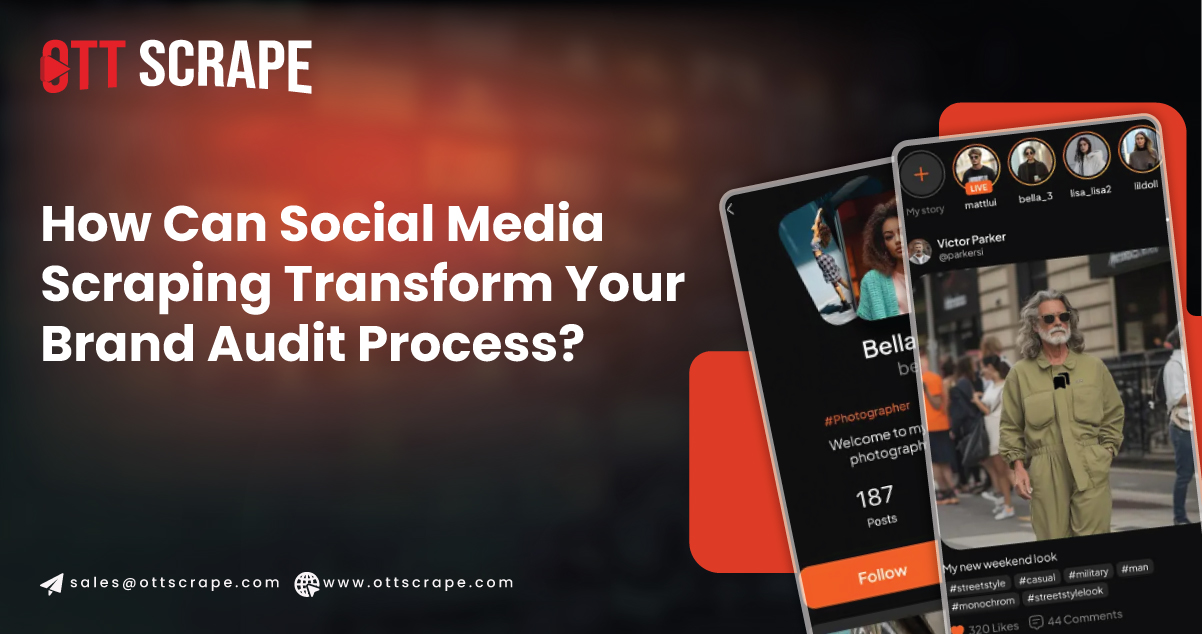
Introduction
In today’s digital landscape, understanding a brand’s online presence is critical for businesses aiming to stay competitive and relevant. A brand audit offers a comprehensive evaluation of how a brand is perceived, how it performs, and where it stands in the market. One of the most effective ways to gather the data needed for a robust brand audit is to Scrape Social Media sites. Businesses can uncover valuable insights into customer sentiment, competitor strategies, and market trends by leveraging data from platforms like Instagram, TikTok, and LinkedIn. This blog explores the role of Social Media Scraping in conducting a brand audit, its benefits, and practical approaches to harnessing this powerful technique.
Why Social Media Data Matters for Brand Audits?
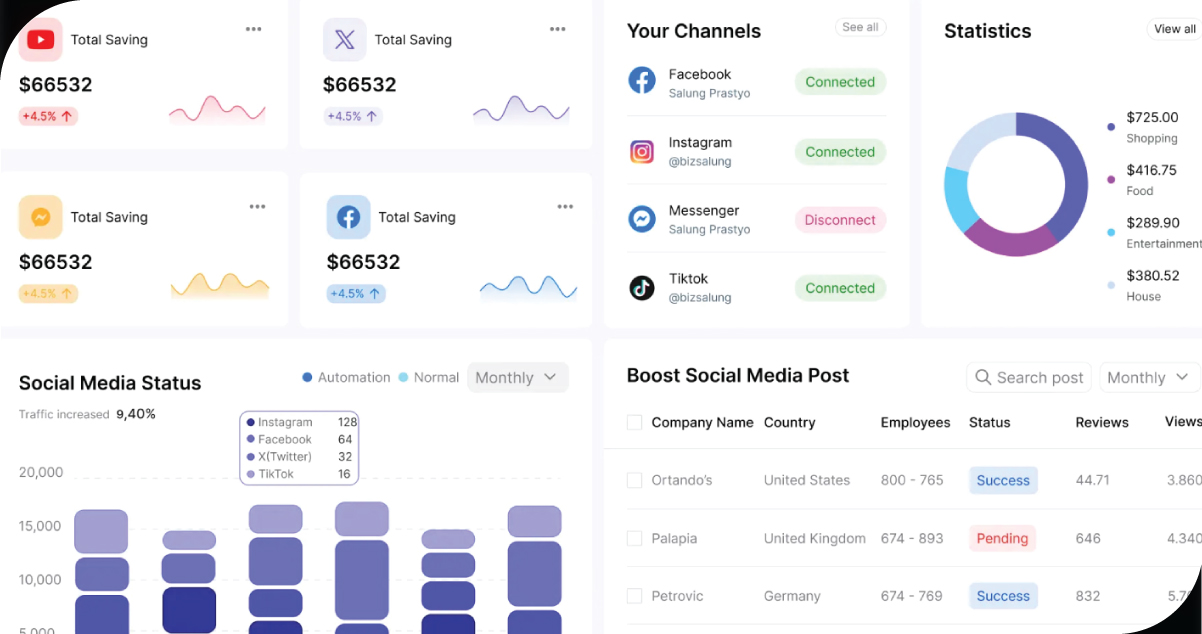
Social media platforms are a goldmine of real-time consumer feedback, opinions, and interactions. They provide unfiltered insights into how customers perceive a brand, what they say about its products or services, and how it compares to competitors. Social Media Data Collection enables brands to move beyond surface-level metrics and dive into the nuances of their online reputation.
A brand audit leverages this data to assess brand health, identify areas for improvement, and shape strategic decisions. For instance, scraping posts, comments, and hashtags on X can reveal how often a brand is mentioned, the tone of those mentions, and the context in which they occur. Instagram data can highlight visual trends associated with a brand, while LinkedIn can provide insights into professional perceptions and B2B interactions.
The Power of Social Media Scraping for Brand Insights
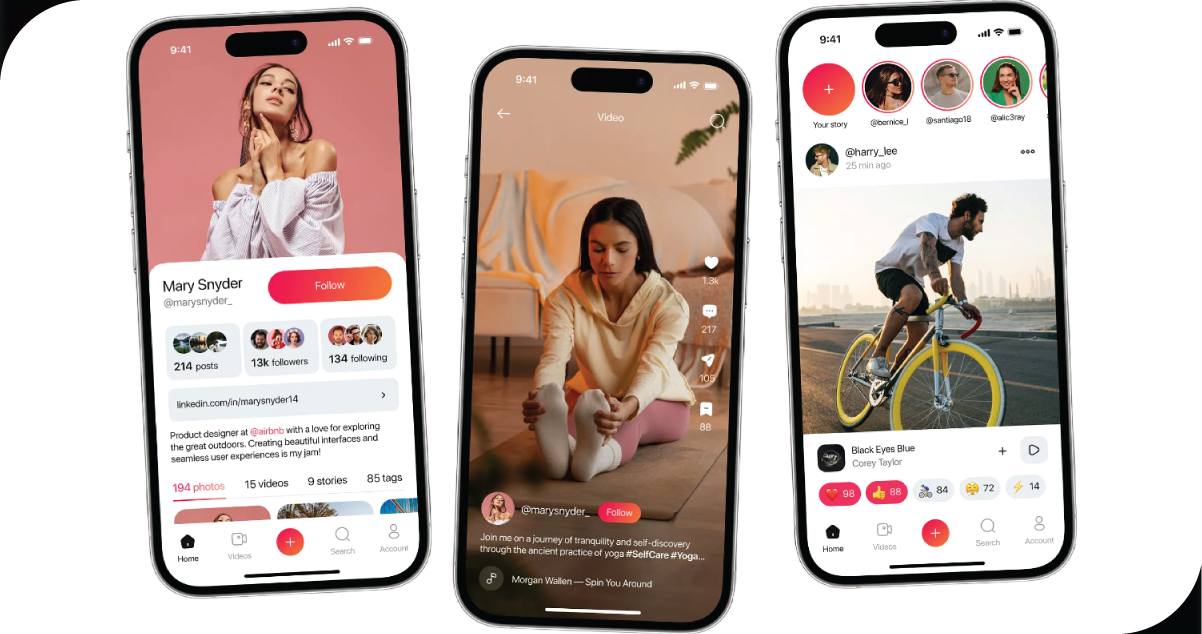
Social Media Scraping involves extracting data from social media platforms using automated tools or scripts. This process allows businesses to collect large volumes of data quickly and efficiently, far surpassing what manual analysis could achieve. For a brand audit, scraping can provide a wealth of information, including:
- Brand Mentions: Tracking how often and in what context a brand is mentioned across platforms.
- Audience Sentiment: Analyzing whether customer feedback is positive, negative, or neutral.
- Engagement Metrics: Measuring likes, shares, comments, and other interactions to gauge brand resonance.
- Competitor Analysis: Collecting data on competitors’ social media activity to benchmark performance.
- Trending Topics: Identifying hashtags, keywords, or themes associated with a brand or industry.
By systematically gathering this data, businesses can paint a detailed picture of their brand’s strengths, weaknesses, and opportunities. For example, a fashion brand might scrape Instagram to analyze how influencers showcase its products, while a tech company might focus on LinkedIn to understand professional discussions around its services.
Leveraging Tools for Effective Data Collection

Businesses often rely on web scraping social media data tools and techniques to conduct a brand audit using social media data. These tools range from pre-built software to custom scripts tailored to specific platforms. Python Social Media Scraping has become popular due to its flexibility and power. Python libraries like BeautifulSoup, Scrapy, or platform-specific APIs allow users to extract structured data such as posts, comments, and user profiles.
For platforms with mobile applications, Mobile App Data Scraping can also play a role. Many social media platforms offer exclusive features or content through mobile apps like Instagram Stories or TikTok’s short-form videos. Scraping app-specific data ensures a comprehensive dataset that captures the full scope of a brand’s presence. When selecting tools, businesses must consider the platform’s structure and data accessibility. Some platforms provide public APIs that simplify data collection, while others may require more advanced scraping techniques to navigate dynamic content or user restrictions.
Analyzing Scraped Data for Brand Audit Success
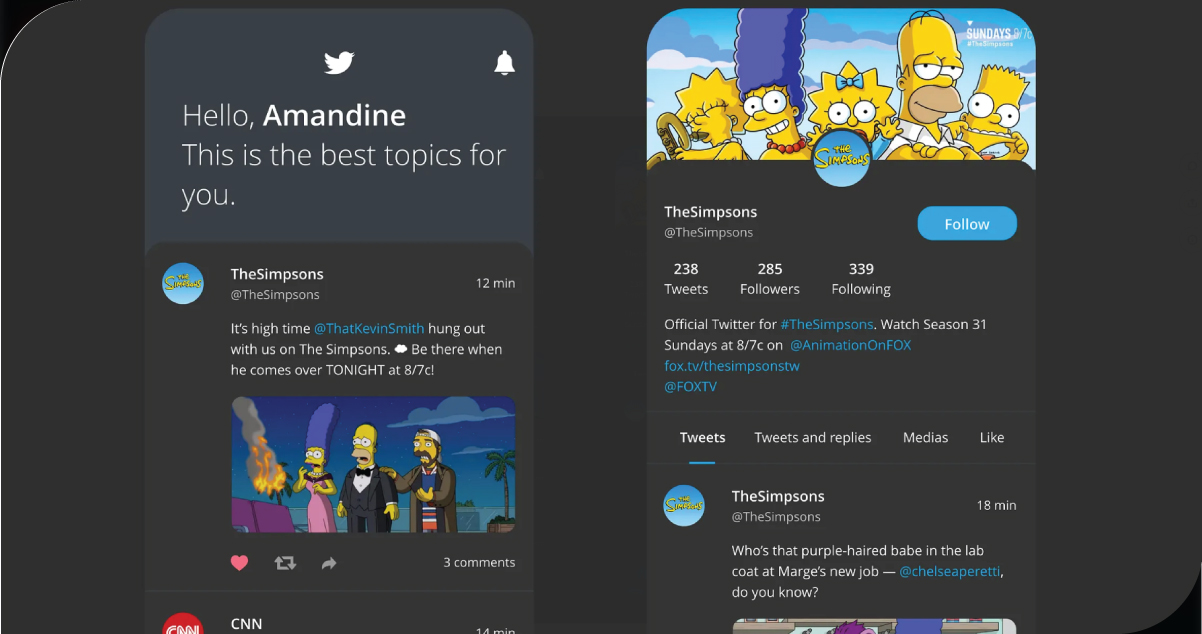
Once data is collected, the next step is analysis. Social Media Tracking plays a pivotal role here, as it involves organizing and interpreting the scraped data to uncover meaningful patterns.
For a brand audit, this might include:
- Sentiment Analysis: Using natural language processing (NLP) tools to categorize customer feedback as positive, negative, or neutral. For example, a restaurant chain might scrape X posts to determine whether customers are raving about a new menu item or expressing dissatisfaction.
- Engagement Trends: Evaluating how audiences interact with a brand’s content over time. High engagement on a competitor’s posts might indicate a more effective content strategy.
- Audience Segmentation: involves identifying key demographics, such as age, location, or interests, to tailor marketing efforts. Scraping profile data from platforms like Instagram can reveal who engages with a brand’s content.
- Competitor Benchmarking: involves comparing a brand’s social media performance to that of its competitors. This might involve analyzing share of voice, follower growth, or content virality.
Combining these analyses gives businesses a holistic view of their brand’s performance. For instance, a skincare brand might discover through scraped data that its products are popular among younger audiences on TikTok but receive mixed reviews on X, prompting a targeted campaign to address concerns.
Turning Insights into Actionable Strategies
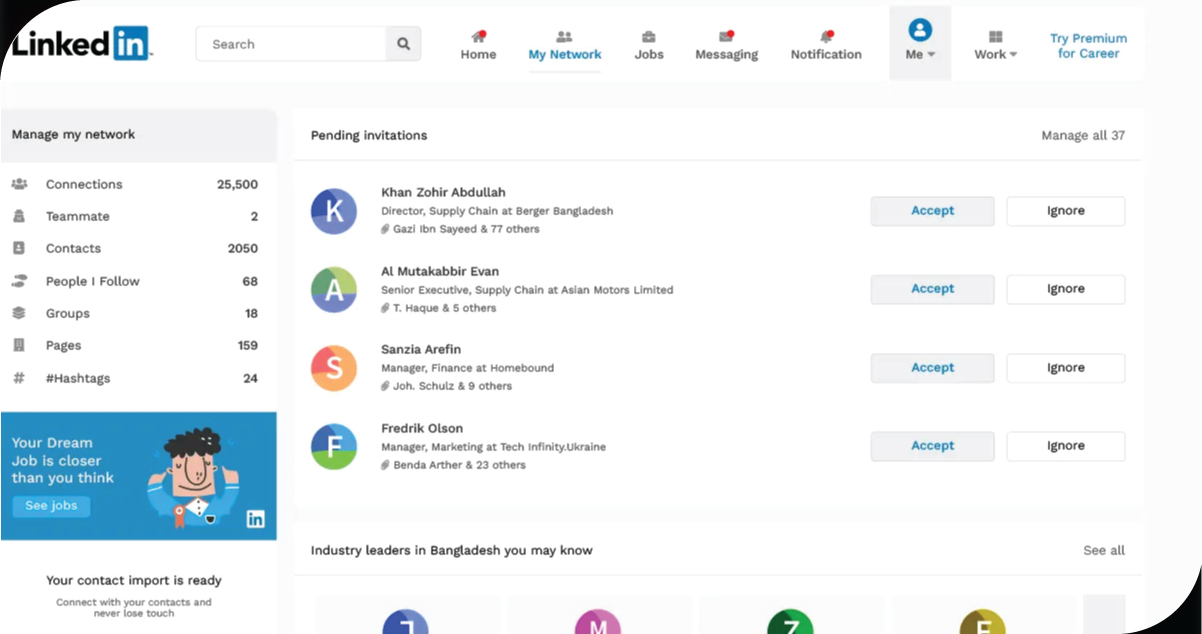
The actual value of a brand audit lies in its ability to inform strategic decisions. Scraped social media data provides a foundation for actionable insights shaping marketing, product development, and customer engagement strategies. Here are some ways businesses can use these insights:
- Refining Brand Messaging: If sentiment analysis reveals negative perceptions around a brand’s customer service, the business might prioritize improving response times or addressing common complaints.
- Identifying Content Opportunities: Scraping trending hashtags or topics can inspire new content ideas that align with audience interests. For example, a fitness brand might notice a surge in posts about home workouts and create targeted content to capitalize on the trend.
- Strengthening Competitive Positioning: By analyzing competitors’ social media activity, businesses can identify gaps in the market or areas where they can differentiate themselves.
- Enhancing Customer Engagement: Understanding audience preferences through scraped data allows brands to tailor their interactions through personalized responses or targeted campaigns.
For example, a tech startup might use scraped LinkedIn data to identify key opinion leaders discussing its industry and then partner with those influencers to boost brand credibility. Similarly, a retail brand might analyze Instagram posts to identify popular product use cases, informing future product launches.
Best Practices for Effective Social Media Scraping
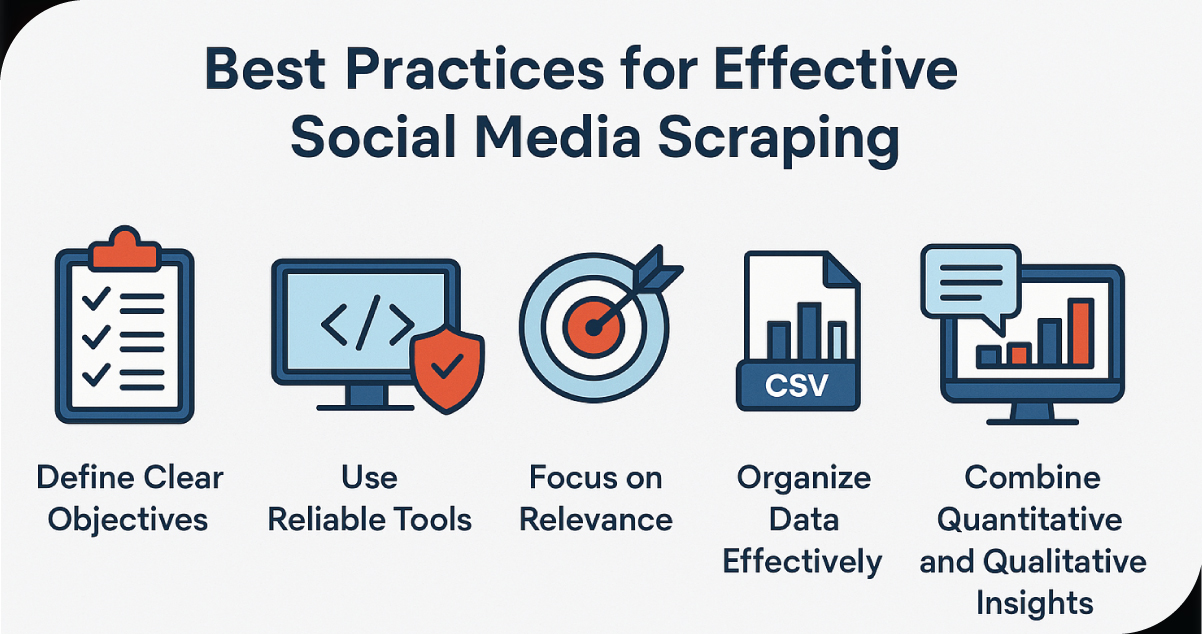
To maximize the effectiveness of social media scraping for a brand audit, businesses should follow the best practices:
- Define Clear Objectives: Before scraping, outline the specific goals of the brand audit. Are you assessing brand sentiment, competitor performance, or audience demographics? Clear objectives guide the data collection process.
- Use Reliable Tools: Whether using Python scripts or commercial scraping tools, ensure they can handle the platform’s structure and deliver accurate data.
- Focus on Relevance: Collect data that aligns with the brand audit’s goals. For instance, scraping irrelevant hashtags or posts can dilute the quality of insights.
- Organize Data Effectively: Store scraped data in a structured format, such as CSV or JSON, to facilitate analysis. Tools like pandas in Python can help manage large datasets.
- Combine Quantitative and Qualitative Insights: While metrics like engagement rates are valuable, qualitative data, such as the tone of comments, provides deeper context.
By adhering to these practices, businesses can ensure their scraping efforts yield high-quality data that drives meaningful results.
The Future of Brand Audits with Social Media Data
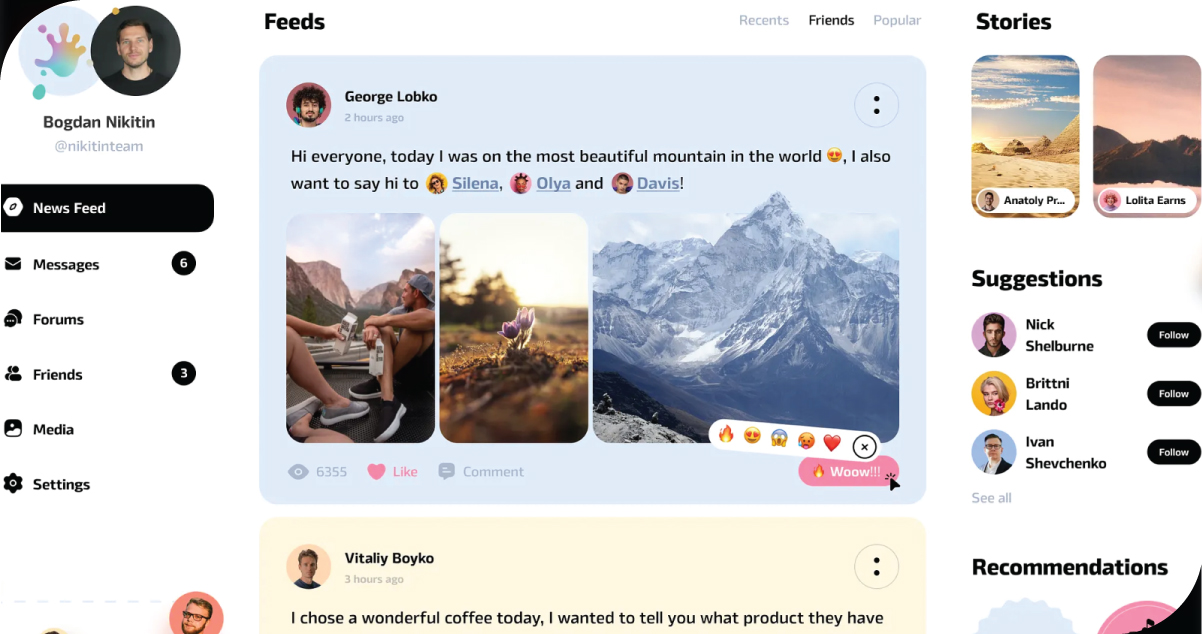
As social media platforms continue to evolve, so too will the opportunities for social media data collection in brand audits. Emerging technologies like artificial intelligence and machine learning make it easier to analyze vast datasets, uncover hidden patterns, and predict future trends. For instance, AI-powered tools can now detect subtle shifts in sentiment or identify emerging influencers who align with a brand’s values.
Moreover, the rise of new platforms and features, such as short-form video content or ephemeral posts, will expand the scope of data available for scraping. Businesses that stay ahead of these trends and invest in robust scraping and analysis tools will be better positioned to maintain a strong brand presence.
How OTT Scrape Can Help You?
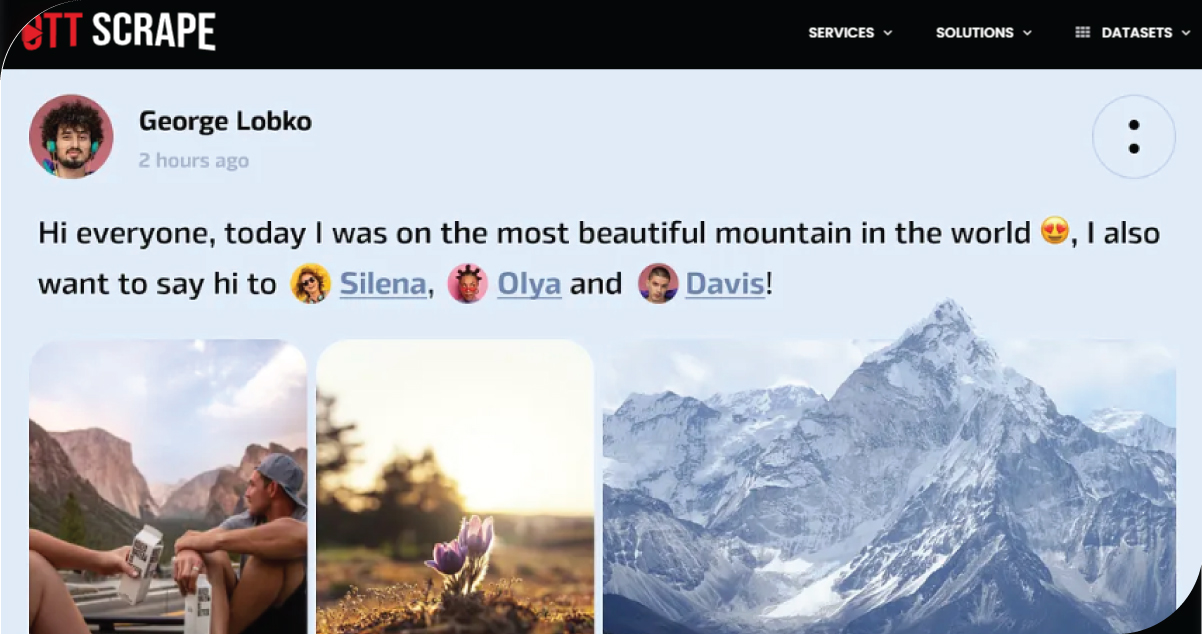
1. We specialize in Entertainment Metadata: We focus on collecting rich OTT content metadata, such as trailers, cast, genres, episode guides, and viewer ratings.
2. AI-Powered Scraping Logic: Our tools adapt to frequent changes in OTT site structures using intelligent, self-healing scraping algorithms.
3. Multi-Language Support: We extract content details across global OTT libraries, including regional titles and subtitles in multiple languages.
4. Cross-Device Compatibility: We ensure complete data extraction from all OTT user environments, whether web or mobile app scraping.
5. Actionable Insights Delivery: Beyond raw data, we provide dashboards and trend analyses to drive business strategy and viewer engagement.
Conclusion
Scraping social media sites to conduct a brand audit is a game-changer for businesses seeking to understand their market position and audience perceptions. Companies can gather comprehensive datasets that reveal critical insights by leveraging tools and techniques like Python scripts, mobile app data collection, and web scraping. When analyzed effectively, these insights empower businesses to refine their strategies, strengthen their brand, and stay competitive in a dynamic digital landscape. As social media continues to shape consumer behavior, scraping will remain an indispensable tool for conducting thorough and impactful brand audits.
Embrace the potential of OTT Scrape to unlock these insights and stay ahead in the competitive world of streaming!
Our office info
540 Sims Avenue, #03-05, Sims Avenue Centre Singapore, 387603 Singapore
